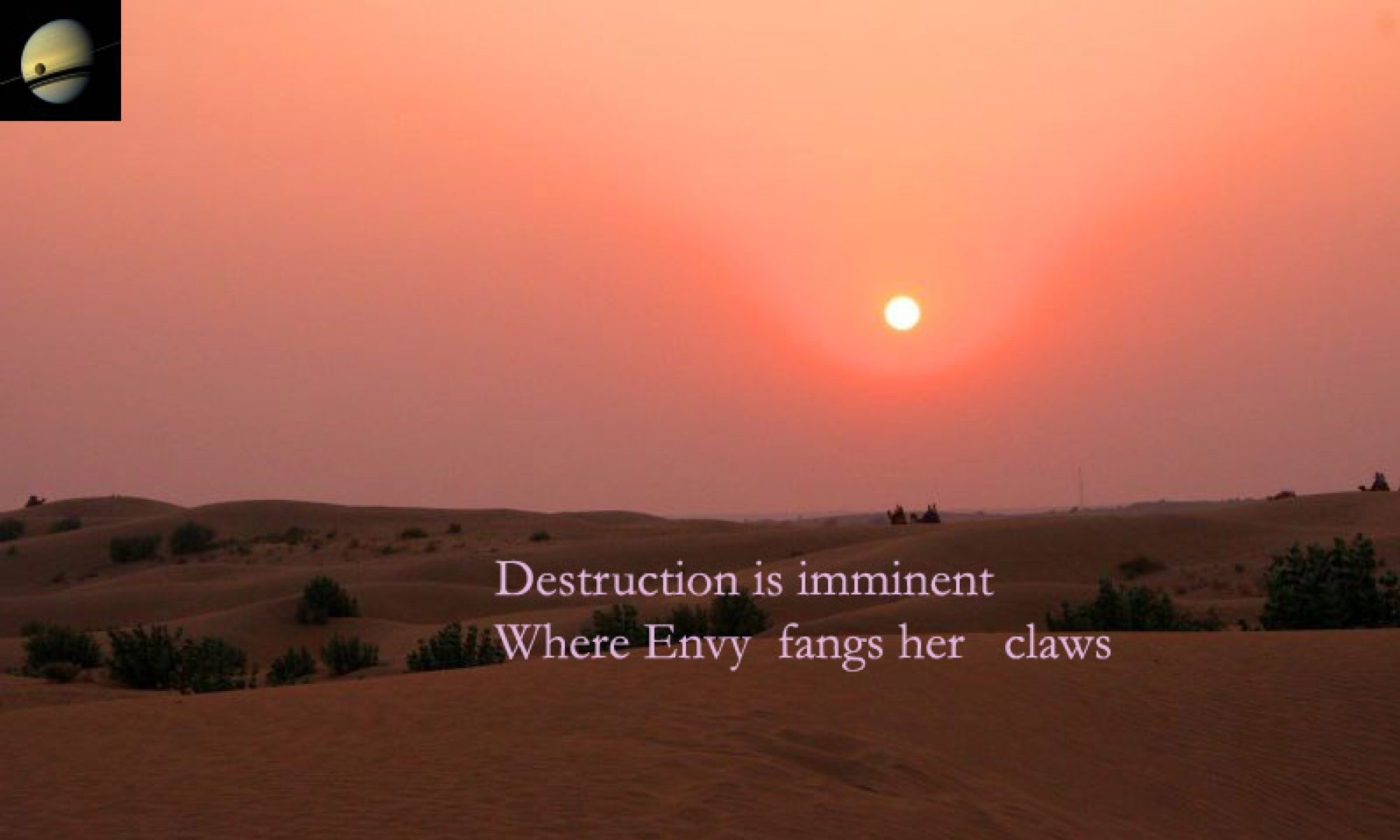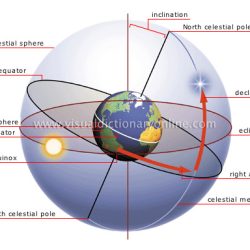Mean and true planetary longitudes in the Zodiac is computed by Nine Orbital Elements, in Indian Astronomy.
Mean longitude of Planet, Graha Madhyama , M
Daily Motion of the Mean Longitude, Madhyama Dina Gathi, Md
Aphelion, Mandoccha, Ap
Daily Motion of Aphelion, Mandoccha Dina Gathi, Apd
Ascending Node, Patha, N
Daily Motion of Ascending Node, Patha Dina Gathi, Nd
Heliocentric Distance, Manda Karna, radius vector, mndk
Maximum Latitude, L, Parama Vikshepa
Eccentricity, Chyuthi,e
In Western Astronomy, we have six orbital elements
Mean Anomaly, m
Argument of Perihelion, w
Eccentricity, e
Ascending Node, N
Inclination, i, inclinent of orbit
Semi Major Axis, a
With the Nine Orbital Elements, true geocentric longitude of the planet is computed, using multi step algorithms.
There is geometrical equivalence between both the Epicycle and the Eccentric Models.
The radius of the Epicycle, r = e, the distance of the Equant from the Observer.




